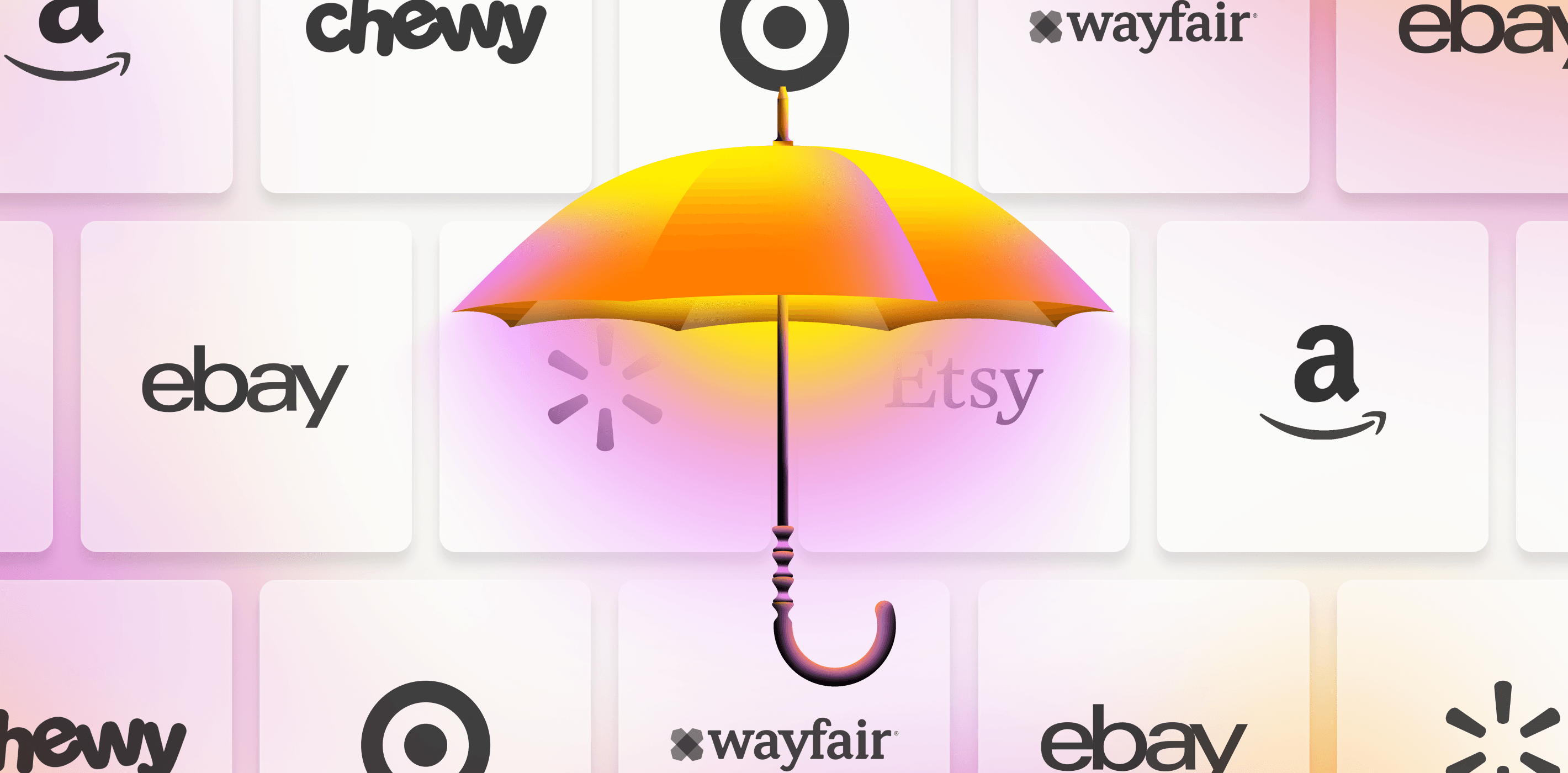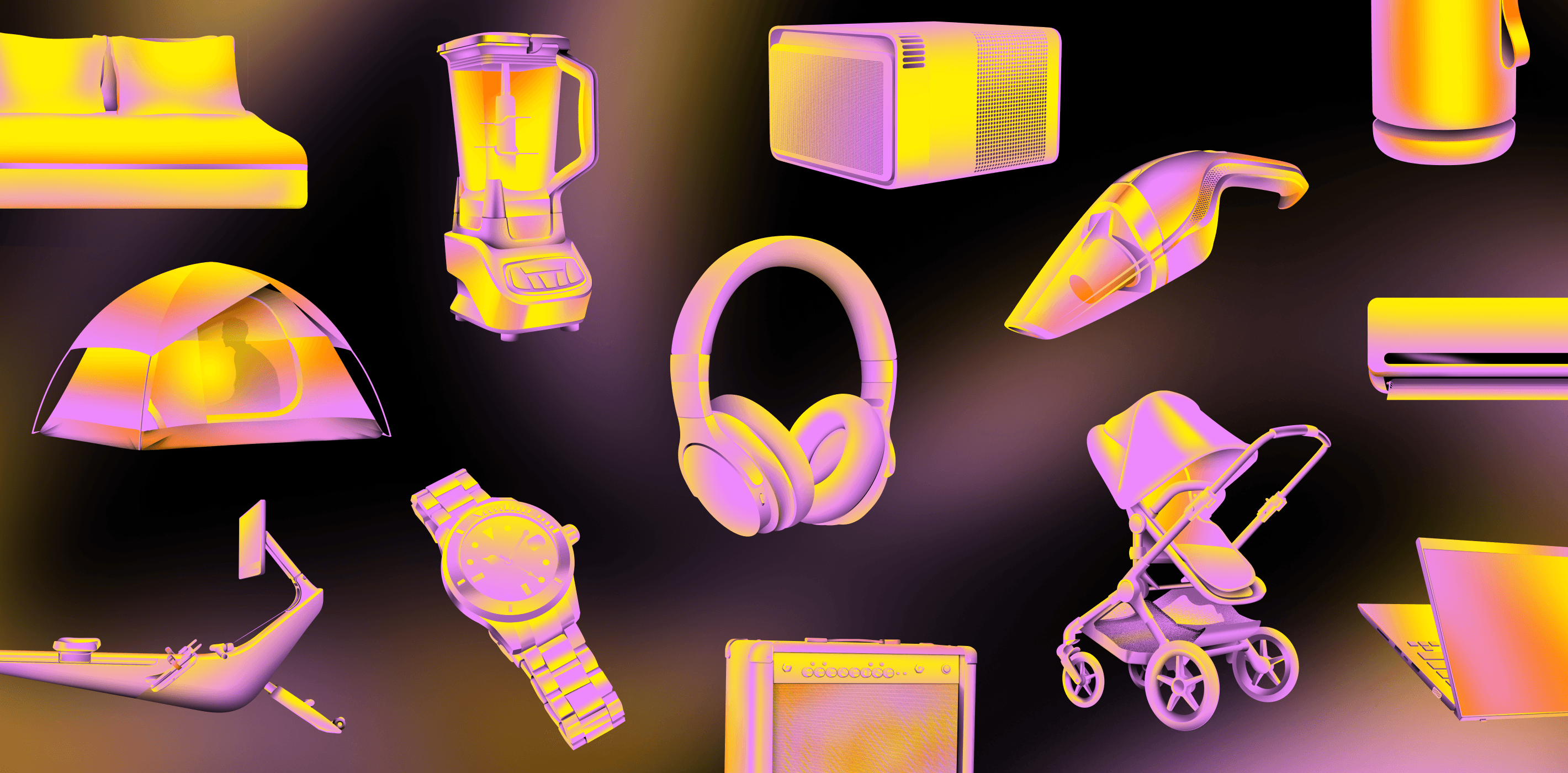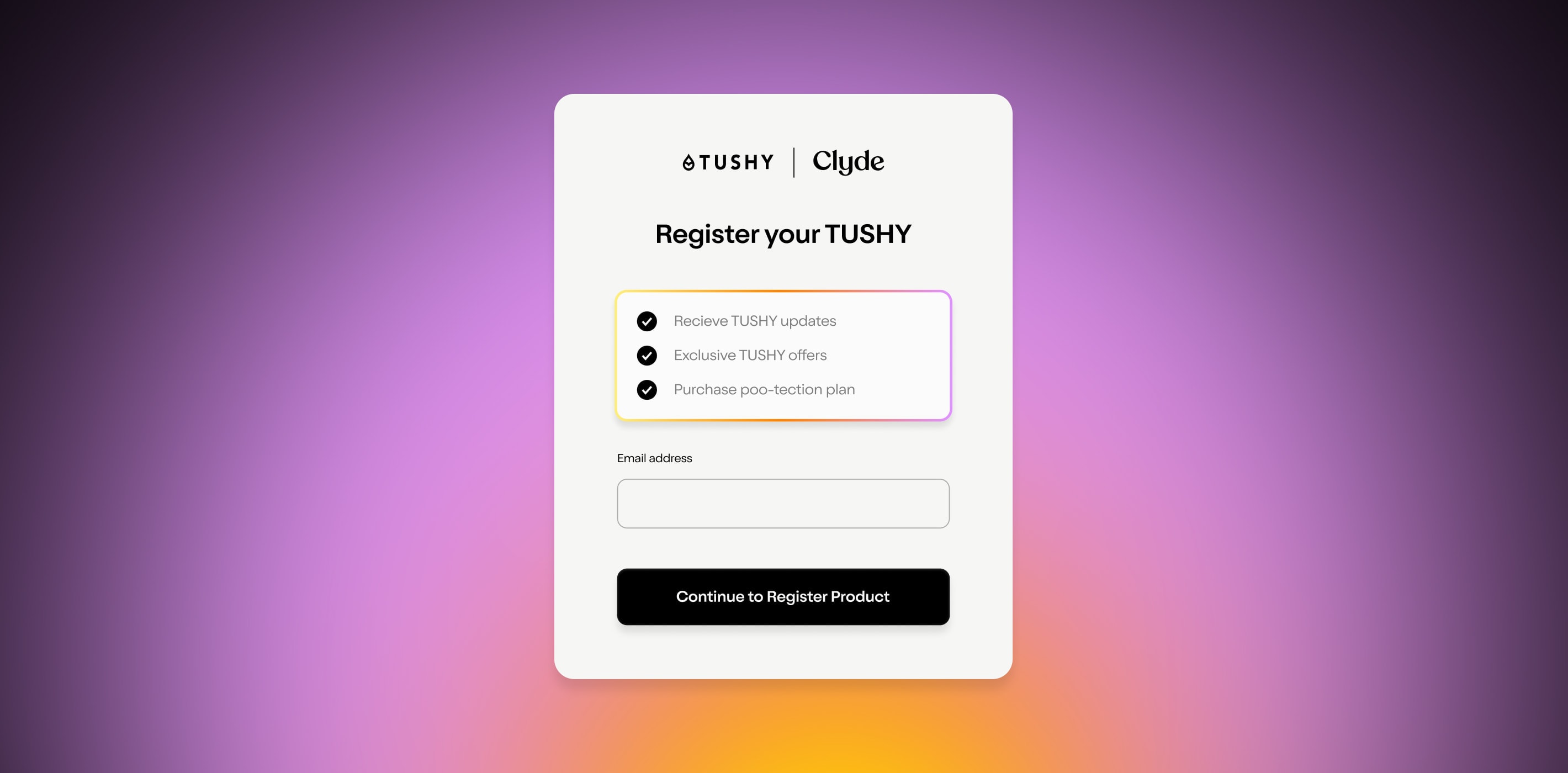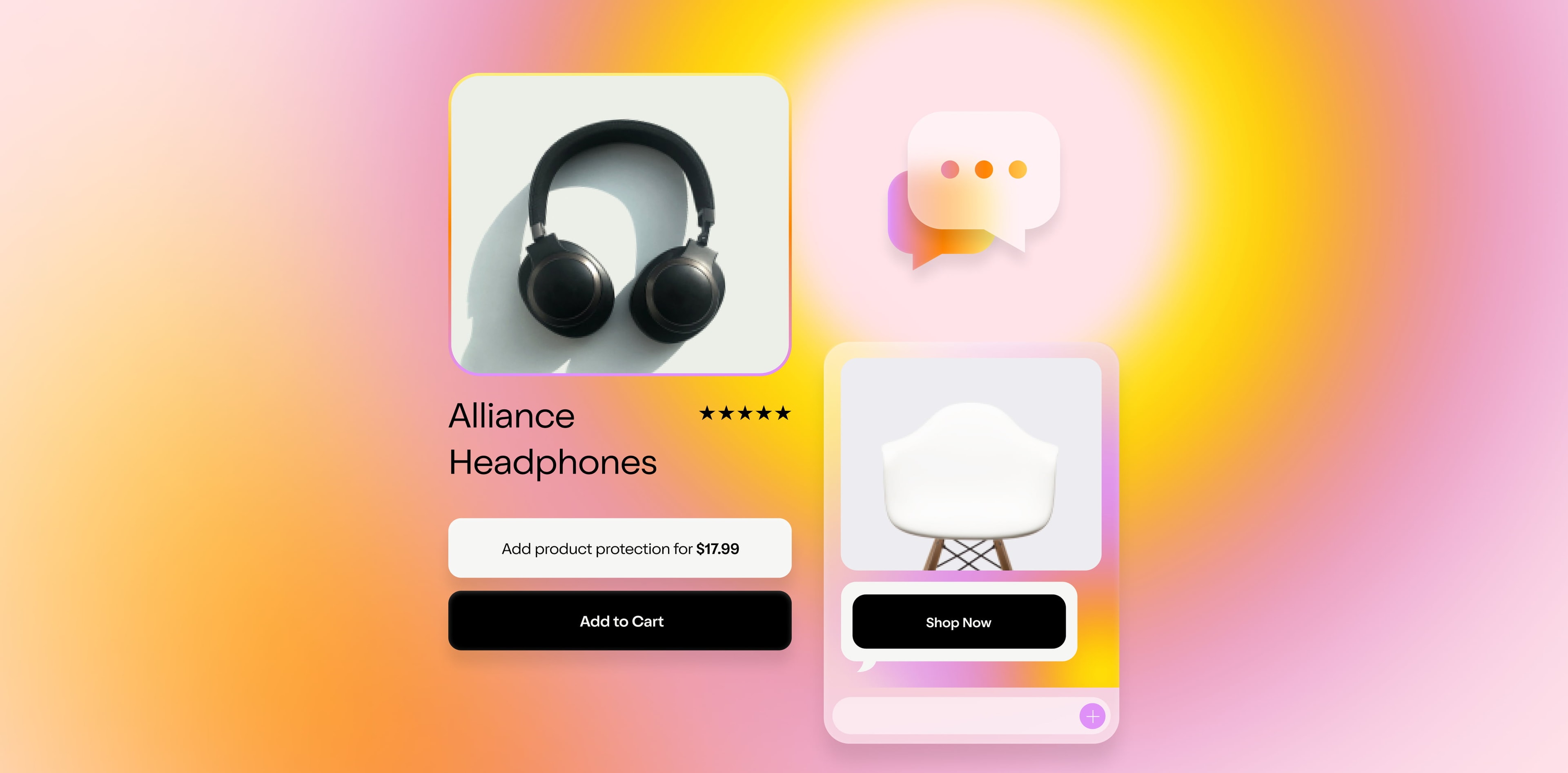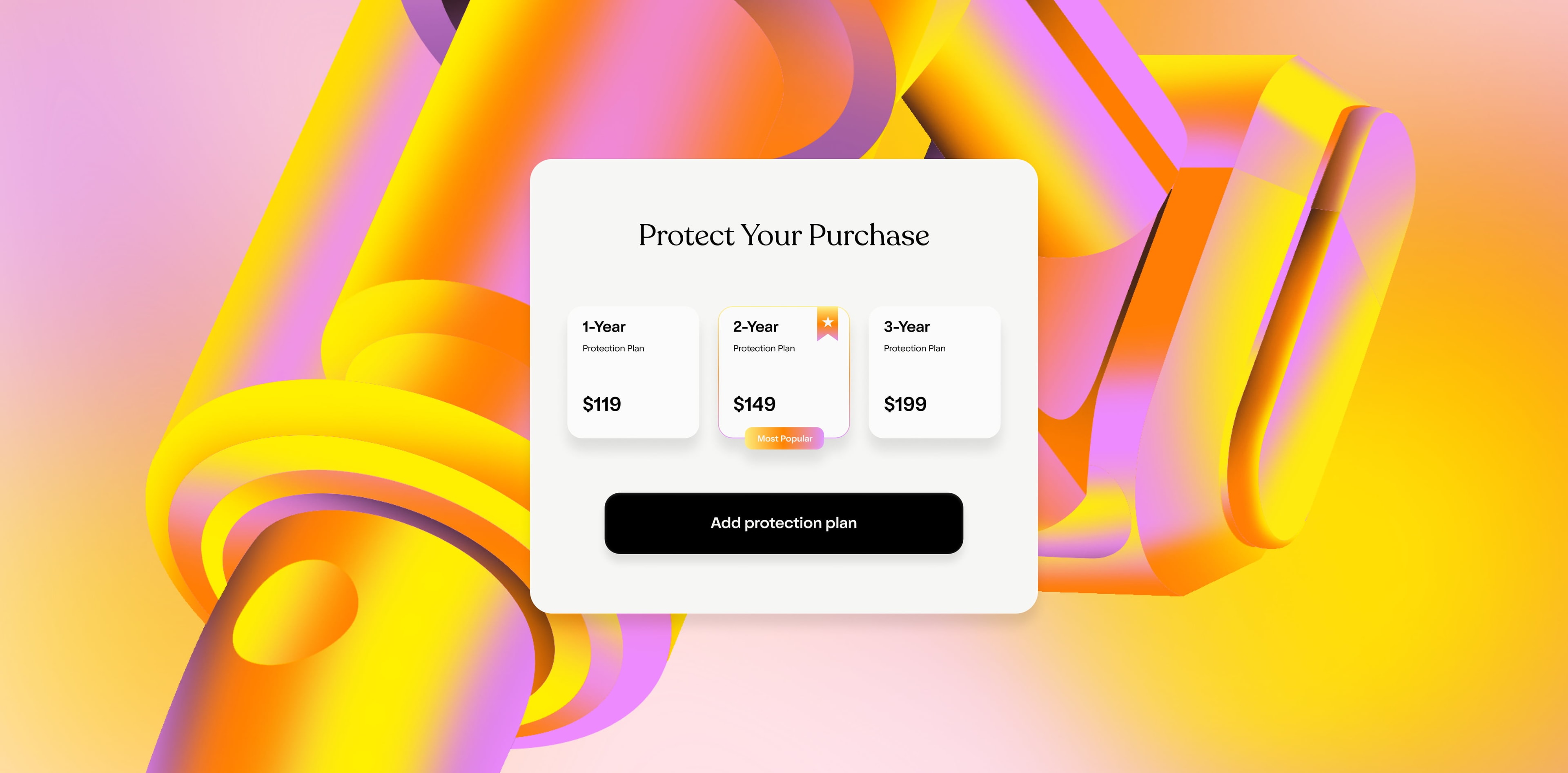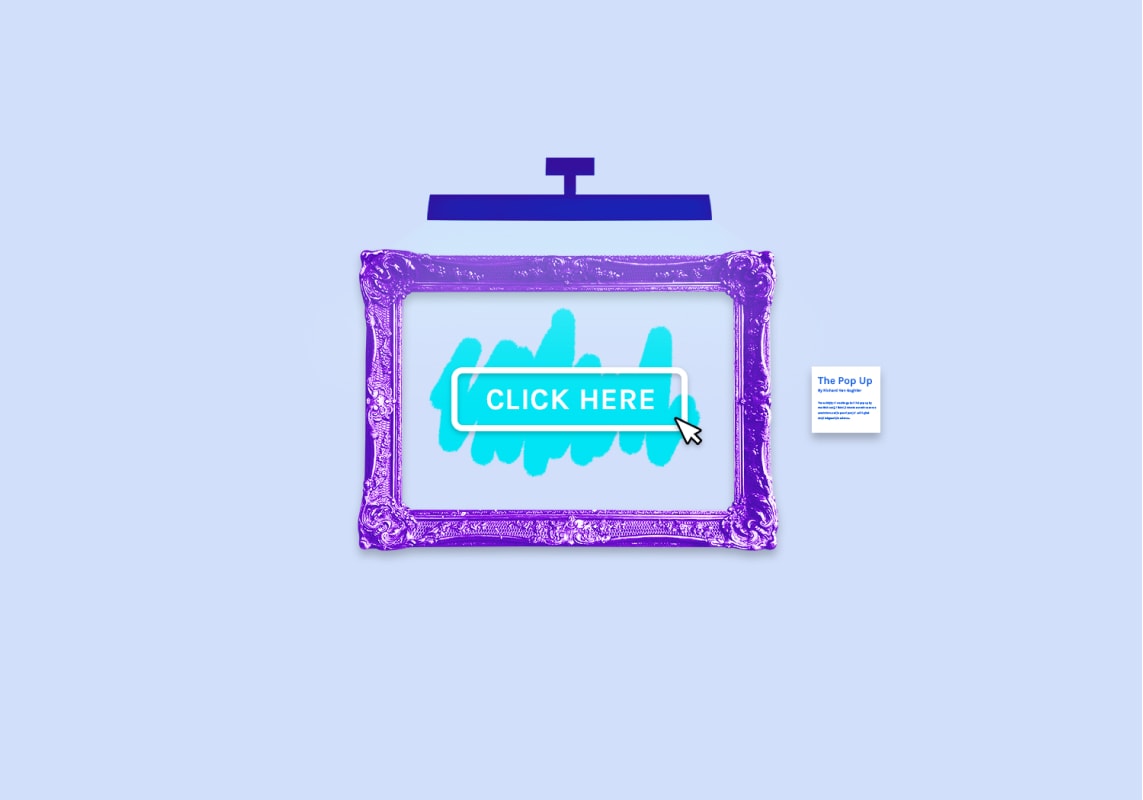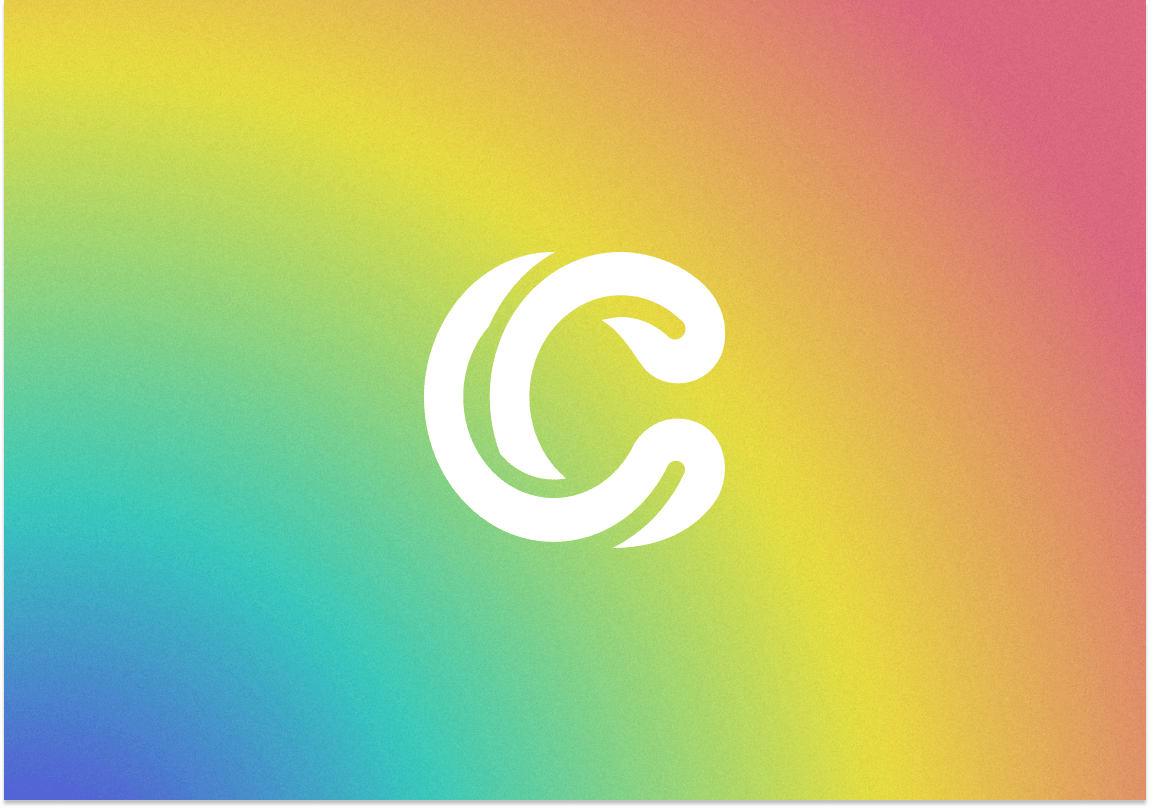Do you ever watch college basketball?
Notice how Clemson and Case Western Reserve never play each other?
That’s because the NCAA separates schools by their level of competition and the resources of their athletic departments. Clemsen is a D1 school and CWR is a D3, so they never go head-to-head.
That’s not how it works in eCommerce.
It doesn’t matter if you have the largest advertising budget to ever exist (cough, cough, hi Amazon and your $11 billion [!!] spend) or if you’re a small retailer selling on Shopify. You’re competing in the same market for the same customer dollars.
eComm brands and online retailers need to differentiate themselves from their competition using any means possible. Massive stacks of money could be one of those means, but it’s not a particularly practical one. Your pockets are probably far shallower than those of Amazon, Walmart, Target, and other giants in the space.
So it’s time to get creative. To, as we reviewed in this piece on competing with Amazon , lean into your relative strengths—like great customer service, unique product offerings, and thoughtful touches—to stand out.
Here are 7 places to start:
1. Create Product Differences From Other Online Competitors
You know the Daft Punk song “Harder, Better, Faster, Stronger”? It may as well be the anthem for product differentiation.
If you’re going to compete on the strength of your offerings, you’ll want to make sure customers know that they’re getting the superlative version of what they’re shopping for: a product that’s more efficient, more durable, more reliable, or better performing than any other option. Show them they’re getting the best watch or hiking boot or blender out there.
Benefits of Product Differentiation
Does let you actually compete with the major sellers, since buyers looking for the very best don’t care where it comes from
Makes for strong marketing pushes
Helps with SEO and page rank by name-dropping competitors and showing how you outperform them
Challenges of Product Differentiation
Often doesn’t last long. If your product actually is better, your competitors will catch up and copy you to the maximum extent allowed by patent law. (Amazon famously copied well-performing products , made their own versions, and then boosted their versions in search results.)
Expensive to create
Customer Success and Service Differentiation
The majority of your customers may never need customer success or service. Or at least not anything out of the ordinary. They’ll make their order, get their package, and maybe be asked to fill out a NPS survey or to leave a review. That’s it.
But what about when something goes wrong? When a customer has a question, or has run into a problem with a product, or needs to make a return, or is unhappy with their purchase?
If your company can make those experiences easy and enjoyable, you’ll stand out from the crowd.
Benefits of Success and Service Differentiation
Creates genuine brand advocates (people love sharing their opinions, and they share more positive than negative experiences )
Allows for flexibility in how you achieve it: you can be faster, more responsive to customer feedback, available on more channels, more empathetic, and more creative in solutions
Provides valuable customer feedback to product team to continue to improve what you offer
Challenges of Success and Service Differentiation
Requires staffing up a solid customer success / service team (and not outsourcing it)
Runs the risks of customers taking advantage of your commitment to delighting them
3. Provide More Distribution Channels and More Access
Some of your customers may shop on social. Others might like to make purchases from marketplaces, so they can see all their options at once. Still others could prefer to physically see items before they buy.
As an eComm retailer, can’t be everywhere, but the more places you are, the more potential customers you’ll be able to connect with. For example, if you sell headphones, you could differentiate your business by having those headphones available for sale in the most places possible: on your own website; on a major music label’s website via a partnership; on Instagram via a purchase button; on shelves at a record store; at a pop-up event in a key market, and more.
Benefits of Distribution Differentiation
Makes it extremely difficult for competitors to copy your approach
Lets you tap into markets you otherwise wouldn’t have the resources to deeply understand and market to
Challenges of Distribution Differentiation
Requires lots of coordination between internal sales and marketing teams and external partners, vendors, and other retailers to pull off
Introduces messaging risks that distributors or other retailers will misrepresent your brand
4. Build Better Relationships As Effective Differentiation
Okay, so you’ve got an interested customer, or even one who’s made a purchase from you. What happens next?
Do you get to know who that customer really is? A differentiation approach that focuses on relationship-building would be screaming for you to say YES.
A high-touch relationship management model, where you call customers to check in on their orders, invite them to exclusive in-person or virtual events, and ask the to participate in paid product focus groups, for example, allows you to showcase how thoughtful, courteous, reliable, and helpful your employees (and then, by definition, your brand) is.
Benefits of Relational Differentiation
Makes your brand values really come alive and increase your credibility
Creates long-lasting customer loyalty
Boosts employee morale by making them proud of the work they do
Challenges of Relational Differentiation
Takes a lot of time to build
Introduces key person risk, if your best sales, customer success, service, and UX people leave
5. Use Branding and Reputation To Stand Out From the Competition
A customer who is in the market for hiking gear has a staggering amount of retailers to choose from: REI. The North Face. Marmot. Columbia. Kuhl. Arch’teryx. Icebreaker. Osprey. Black Diamond. Patagonia.
But a customer who is in the market for hiking gear that is specifically made in environmentally-friendly ways by a company who shares their values really only has a few options from that initial list available. And if they want that company to actually use their platform to pressure governments to protect the environment? Well, they’ve narrowed it down to one: Patagonia.
The privately-held company famously puts its money where its values are by doing things like asking customers to buy used gear instead of new, using solar energy at its headquarters, and donating its tax cuts to climate-related efforts.
Your brand can enjoy the same kind of differentiation by defining your key values—the things you want to stand for—and making sure your branding reflects it. Customers who share your beliefs will go out of their way to shop with you instead of your competition.
Benefits of Reputation Differentiation
Creates microinfluencers who are happy to share their support of your company because it represents their values
Centers your marketing and advertising decisions around a common set of key messages
Challenges of Reputation Differentiation
Can alienate lots of would-be customers who don’t agree with your approach
Puts you at risk of distracting yourself from creating great products (or can seem that way to detractors)
6. Utilizing Your Prices As Your Differentiator
“But I can’t beat Amazon’s prices!” you say as soon as you read this heading.
Yes, that’s probably true, which is why price differentiation is number 6 on this list instead of number 1. It’s not the most realistic for many eComm vendors. But! You can compete on price without racing to the bottom. It just requires you to get creative.
Instead of offering the single-lowest price on a given product, for example, you can offer competitive pricing on a bundle that includes that good. If you sell suits, you can sell only full sets—jackets and pants together—but show that you’re slicing the per-unit cost to your customers by doing so.
You can also offer new products with speciality pricing in their first drop, then increase prices as time goes on; price products differently for different geographical locations or average incomes; or try producing specific loss-leader products that can only be bought with other products.
Benefits of Price Differentiation
Keeps your brand competitive with price-conscious shoppers
Opens your funnel of potential sales
Challenges of Price Differentiation
Can be hard to maintain over time
Risks bringing in one-time customers who don’t see value in your products in the long term
Can cheapen your brand
7. Differentiate Your Business By Learning From Different Industries
There are six great strategies on this list, but our seventh tip is to stop, think about the last eComm purchase you made, and walk yourself through what made you hit “buy.”
For me, I bought flowers from Farmgirl Flowers to celebrate a friend’s promotion. They weren’t the cheapest flowers out there, so they certainly weren’t differentiating themselves on price. What made me buy them? Well:
Their branding is creative and made me smile:
Their products are both beautiful and more eco-friendly than the competition (wrapped in reused coffee sacks instead of plastic):
And their customer service is excellent, both helping me feel educated and empowered to take care of my own flowers and giving me confidence that if anything went wrong with my friend’s, they’d be there to help:
Maybe you don’t have a flower business, but what can you learn from what Farmgirl Flowers does exceptionally well? What can you learn from the brands that you and your employees love?
Benefits of Differentiating Based on Other Industries
Offers unlimited potential for creativity and new ideas
Keeps your marketing fresh and engaging
Challenges of Differentiating Based on Other Industries
Can confuse customers
Probably won’t last long—if you introduce a cool new trick picked up from another industry, chances are your competition will follow
Differentiate With Product Protection and Warranties Using Clyde
Whether your customers care about price, product quality, or customer service, offering product protection with Clyde can help you rise above the competition.
Not only will customers know their products are covered if anything goes wrong, but they’ll spend more money with a retailer who cares about their peace of mind.
SIGN UP FOR OUR NEWSLETTER




